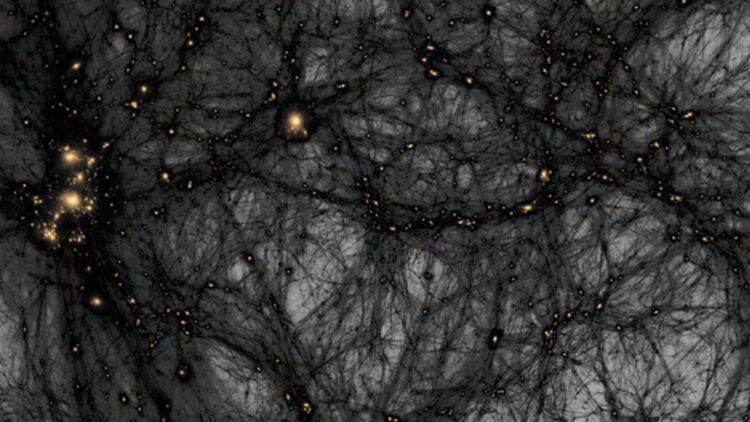Dark matter, which is one of the strongest foundations of contemporary cosmology is being questioned by a new Canadian concept. In 1970, astronomer Vera Rubin discovered that, despite to the laws of physics, the outer stars of galaxies rotated at the same speed as the inner ones. Scientists developed the idea of dark matter, an invisible component, to explain it. They later proposed the mysterious idea of dark energy after realizing that the universe was expanding faster.
Our current understanding of the universe is based on all of these factors combined.
Physicist Rajendra P. Gupta of the University of Ottawa is now proposing a very different idea: perhaps dark matter and dark energy are nonexistent. His research, which was published in the scientific journal Galaxies in September 2025, raises the possibility that the effects we attribute to these invisible forces may actually result from a gradual alteration of the basic laws of the universe.
When the forces of the universe slow down
According to Gupta’s model, as the universe expands, Planck’s constant, the speed of light, and the strength of gravity gradually decline. The same effects we now attribute to dark matter and dark energy may be explained by these minute changes over billions of years.
The CCC+TL model
Gupta’s proposal, called CCC+TL, combines two previous ideas: Fritz Zwicky’s Tired Light (TL) concept, which was first put forth almost a century ago, and Covariant Coupling Constants (CCC).
Zwicky hypothesized that light might become less energetic as it travels through space. In his calculations, this model explains why, in the absence of invisible forces, distant galaxies show a redshift, which indicates that they are moving away. As he says, “Our model explains cosmological and astrophysical observations with the same equation, without requiring dark matter or dark energy.”
Gupta used data from SPARC, a database of accurate galaxy rotation curves, to test his theory. He concentrated on systems like the dark matter problem classic NGC 3198. The result? His CCC+TL model, which didn’t need invisible particles, matched observations as well as conventional dark matter models.
Gupta included a “cutoff density” (ρt) in his equations to indicate the point at which the laws of gravity start to change. Gravity acts normally below it, and α-matter effects show up above it. As Vera Rubin noted decades ago, this naturally flattens galaxy rotation curves.
A universe older than we think
The universe may be almost twice as old as we previously thought, according to the CCC+TL model. Time itself may have “stretched” if the physical constants have been shifting. The universe may be around 26 billion years old, rather than 13.8 billion.
“Dark matter and dark energy may simply be the result of nature’s forces weakening in an expanding universe,” writes Gupta, who maintains that his work is still a “proof of concept” in spite of the enthusiasm. He points out that more testing and improvement are needed for his spherical approximations.

